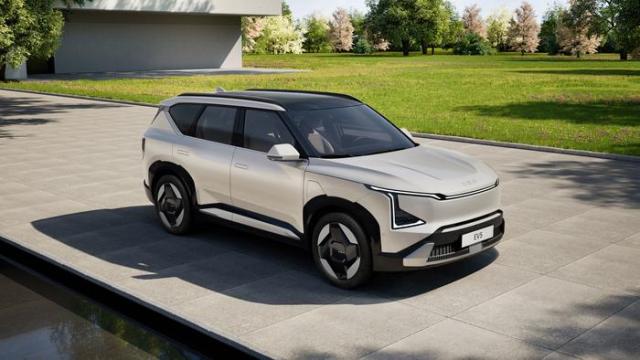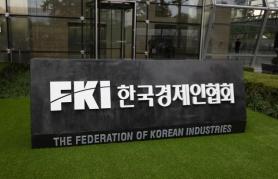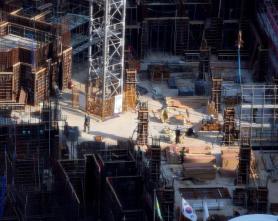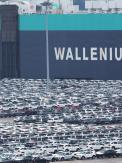
The EV5, scheduled to launch in September, will be equipped with CATL’s nickel-cobalt-manganese (NCM) battery packs, which have a capacity of 81.4 kilowatt-hours, according to Kia officials.
NCM batteries, while more costly due to volatile raw material prices, offer higher energy density than the increasingly popular lithium iron phosphate (LFP) alternatives.
The move marks Hyundai Motor Group’s latest expansion of its partnership with CATL, whose ternary battery technology is already used in Hyundai’s Niro and Kona electric models.
It comes at a time of heightened geopolitical tension and shifting trade dynamics — particularly in the United States, where tariffs on Chinese-made vehicles and components have increased.
Facing pressure from the so-called electric vehicle “market chasm,” where early adopter enthusiasm has cooled and mass-market demand has yet to fully materialize, Hyundai is recalibrating its supply chain to maintain pricing flexibility in key markets.
Analysts say the use of Chinese batteries may offer a short-term solution for managing production costs.
Kia’s EV5 will become the company’s fifth dedicated electric vehicle, following the EV6, EV9, EV3 and EV4. The vehicle was first revealed as a concept at the 2023 Shanghai Auto Show, with the production version debuting later that year in Chengdu. Mass production is expected to begin in the second half of 2025.
The decision to deepen battery sourcing ties with CATL could also signal Hyundai’s broader strategy to diversify suppliers amid uncertain U.S. policy shifts and slowing EV adoption in several markets.
Copyright ⓒ Aju Press All rights reserved.




